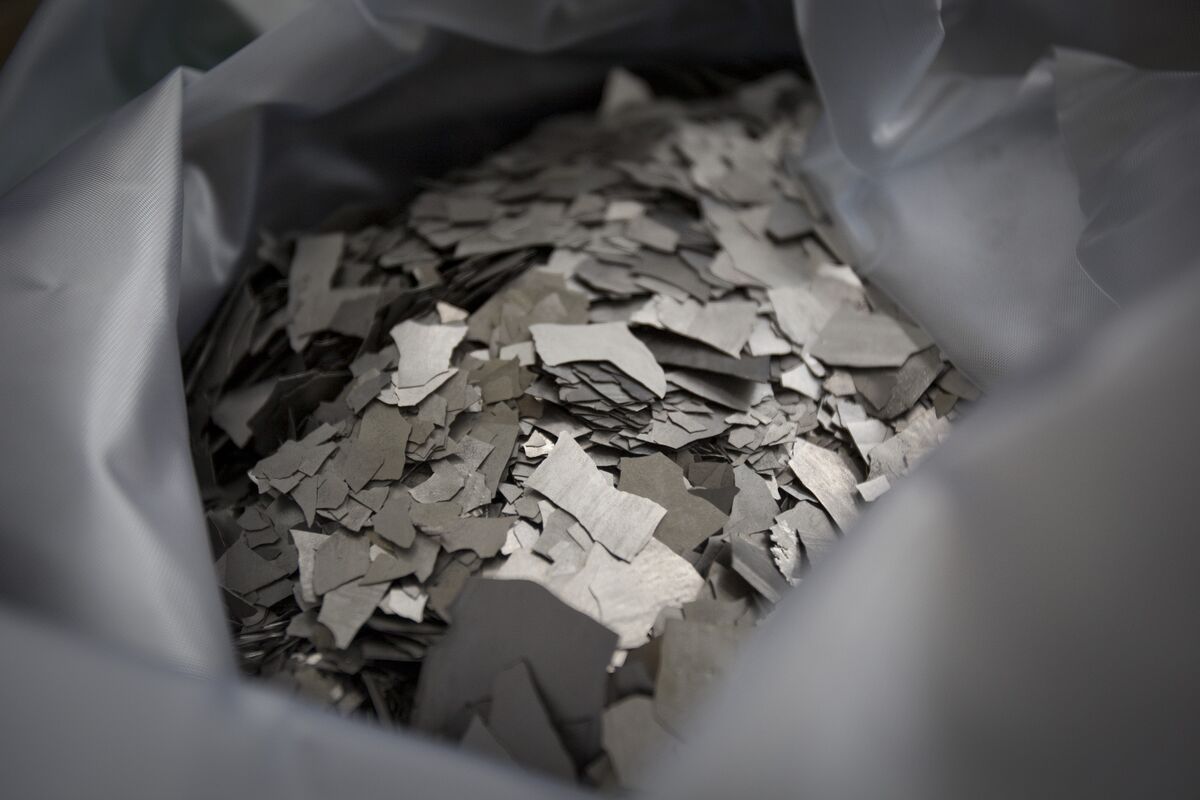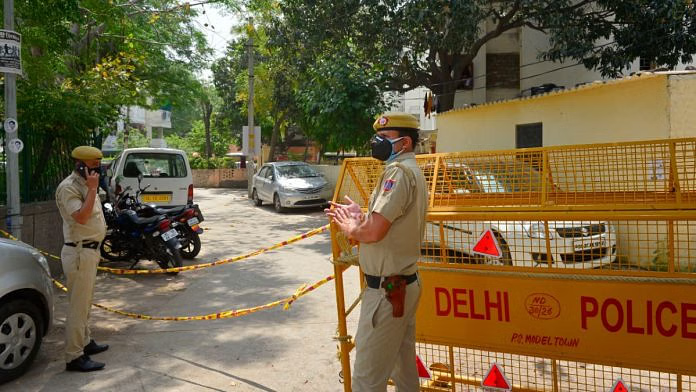Now Reading: Rare Earths Are Not So Rare: Why China’s Strategy Might Backfire
-
01
Rare Earths Are Not So Rare: Why China’s Strategy Might Backfire
Rare Earths Are Not So Rare: Why China’s Strategy Might Backfire

China’s recent attempts to tighten control over rare earth element exports have reignited global debate. While often labelled as scarce, these elements are, in fact, found abundantly across the world. With growing awareness and rising demand, China’s move may push other countries to diversify supply chains and reduce dependence — turning the tables on a long-standing monopoly.
Understanding Rare Earth Elements
Rare earth elements (REEs) are a group of 17 metals critical for manufacturing electronics, renewable energy equipment, electric vehicles, and military hardware. Despite the name, these elements are not geologically rare. The challenge lies in economically viable extraction and processing.
China currently dominates this industry, accounting for over 60% of global production. This dominance has allowed it to influence global pricing and availability.
The New Export Control Move
Recently, China introduced stricter controls on the export of certain rare earth technologies, citing national security concerns. Analysts view this as a strategic move aimed at leveraging its position in geopolitical negotiations, particularly with Western countries and tech-reliant nations like Japan, South Korea, and the US.
However, the move has also raised alarms globally, pushing countries to rethink their sourcing strategies.
Global Response and India’s Opportunity
Countries including Australia, Canada, and the US are ramping up efforts to explore and develop their own rare earth reserves. India, too, has identified potential deposits in states like Andhra Pradesh and Jharkhand. With the right policies and investments, Tier 2 cities such as Visakhapatnam, Ranchi, and Bhubaneswar could emerge as key players in India’s rare earth ecosystem.
Local industries and research centres in these regions stand to benefit from increased government and private attention.
Why China’s Strategy May Backfire
By restricting access, China may inadvertently encourage competition and innovation in rare earth processing, a field it currently leads. Countries once reliant on Chinese supplies are now actively investing in alternate technologies and supply lines.
This diversification could, over time, reduce Beijing’s influence in this sector and erode its market dominance.
Conclusion:
While China’s rare earth export restrictions are intended to strengthen its strategic grip, the global response suggests the move could be counterproductive. For countries like India, this is a chance to build self-reliance in a crucial industry. With coordinated efforts, even lesser-known regions and Tier 2 cities could find themselves at the heart of a new global supply chain shift.

























